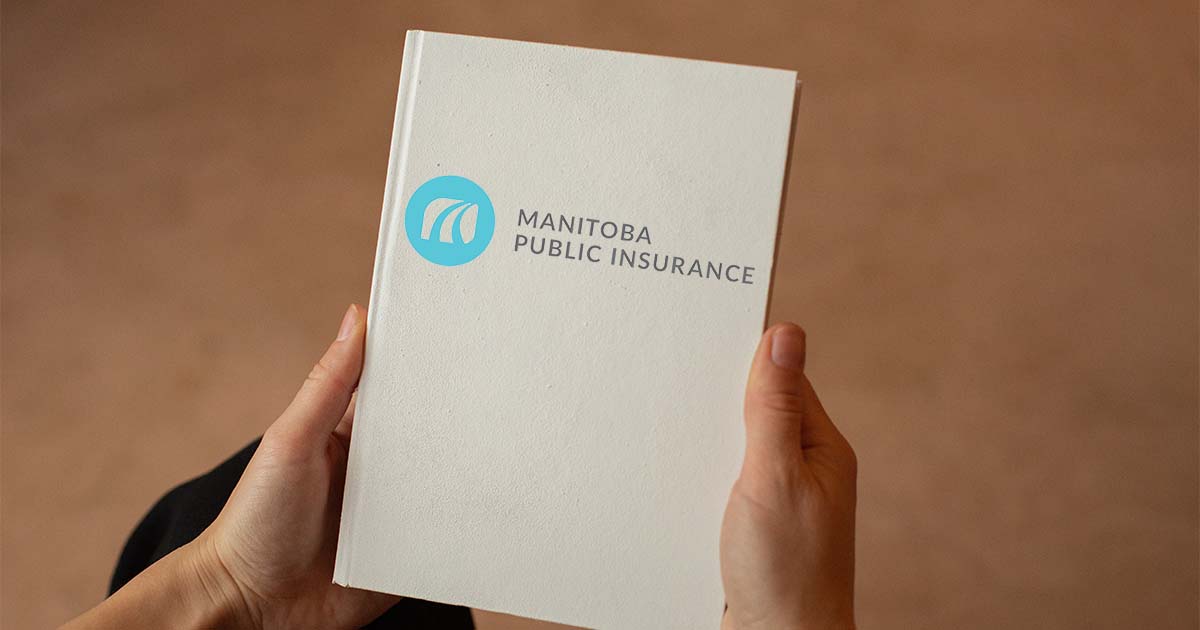Manitoba Public Insurance: A Canadian Success Story

British Columbia, Manitoba, and Saskatchewan have public auto insurance through government-owned corporations. In Quebec, property damage is insured by private companies while basic bodily injury coverage is provided by the government. The other provinces have private insurance, which is provided by for-profit organizations.
Pros of public auto insurance
Some benefits of public auto insurance are:
- One-size-fits-all, easy to understand policies without customers needing to shop around.
- Insurance is tied to vehicle registration or driver’s license so drivers do not need separate proof of insurance.
- High-risk customers may have lower rates than with private insurance.
Cons of public insurance
Public insurance can have drawbacks:
- Public insurance usually requires taxpayer subsidies.
- Public insurance generally has less variety of services and products; there are limited options for policies, add-ons, and discounts.
- Rates can increase without the corporation having to apply for a rate increase.
- Less private-sector investment as opposed to private insurance companies who invest in their provinces through real estate, corporate shares, and bonds.
- Private insurance may offer more choice and better value because it is in a competitive market.
- Rates may not reflect the true cost of insuring a specific driver, which can mean low-risk drivers pay more than with private insurance.
MPI is a public auto insurance success
Manitoba Public Insurance (MPI) addresses the potential drawbacks of a public auto insurance system in several ways.
- Its general objectives for a public auto insurance system include financial self-sufficiency and encouraging investment in Manitoba.
- Rates are submitted for independent review.
- Community involvement is a core value of MPI.
- Financial success is passed on to customers through rate decreases and rebates.
- There are options for coverage other than Basic insurance in the form of optional and commercial coverage.
How do MPI’s rates compare to other provinces?
According to the Insurance Bureau of Canada (IBC), based on information form 2018-2020, MPI’s auto insurance rates compare favorably with public insurance rates in other Canadian provinces and are middle-of-the-road overall.
- Of provinces that have public auto insurance, Manitoba has the best rates (excluding Quebec, where only bodily injury is covered by public insurance). Manitobans pay an average of $1,140 per year for auto insurance, drivers in Saskatchewan pay $1,235, and British Columbians pay $1,832, the most of any Canadian province.
- Ontario has the second-highest average auto insurance rate at $1,528
- Quebec has the lowest average at $717, followed by P.E.I at $816.
Rate decrease and rebate on the horizon
This year, MPI is requesting a rate decrease and rebate for customers. According to Canadian Underwriter, “Manitoba Public Insurance (MPI) has adjusted its general rate application and is requesting a 1.2% rate decrease along with a $335 million rebate to customers.”
Canadian Underwriter says, “MPI reported a 27% decrease in claims costs in the first quarter of 2021 compared to a year ago, primarily as a result of less vehicles on the road due to the COVID-19 pandemic. Claims costs in Q1 2021 were lower than the same period last year by $89.4 million.”
Eric Herbelin, MPI CEO and President, said that the Basic Autopac surplus is due to fewer collision claims and “having the public auto insurance model which allows for the return of excess capital back to our customers.”



